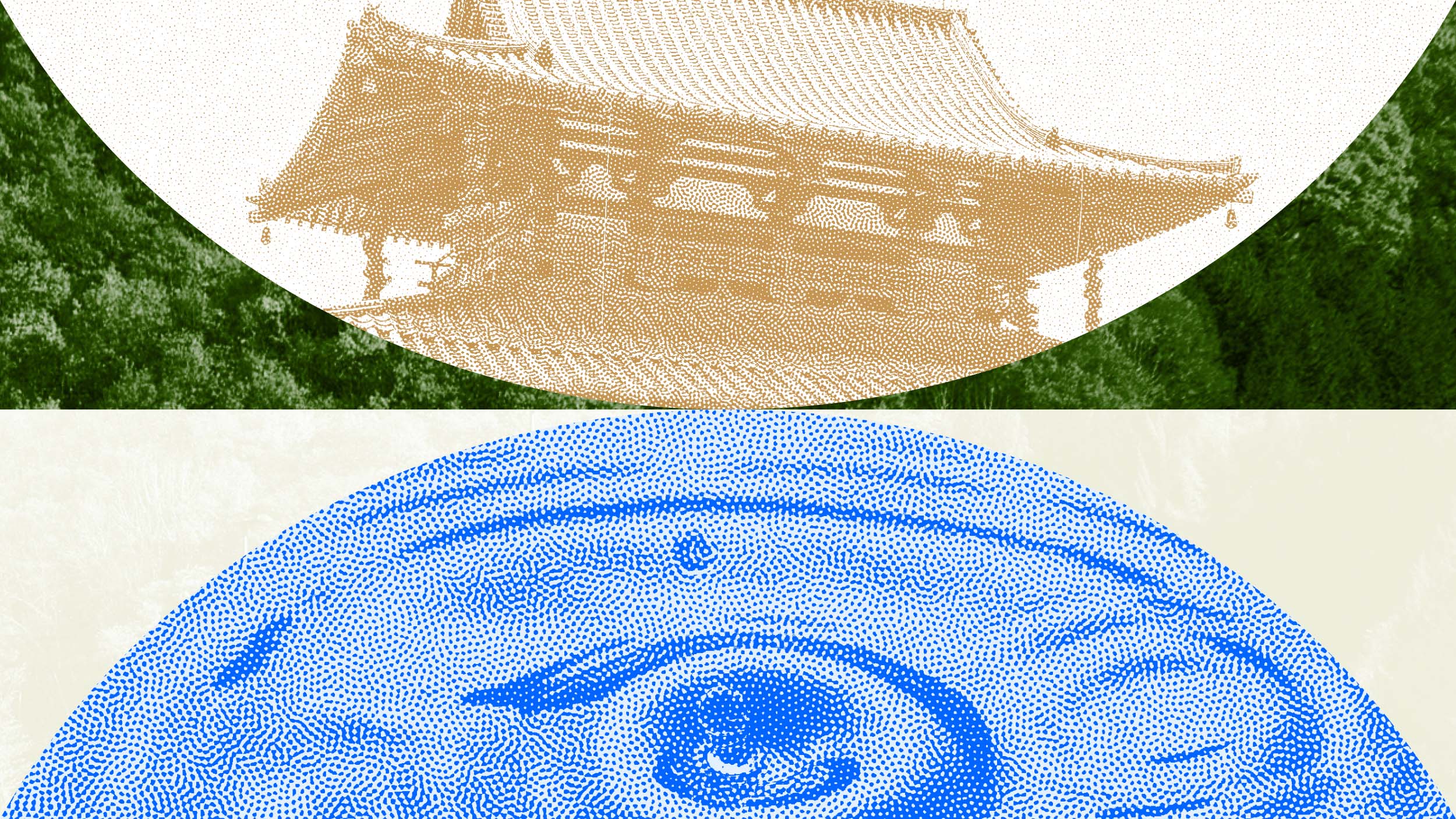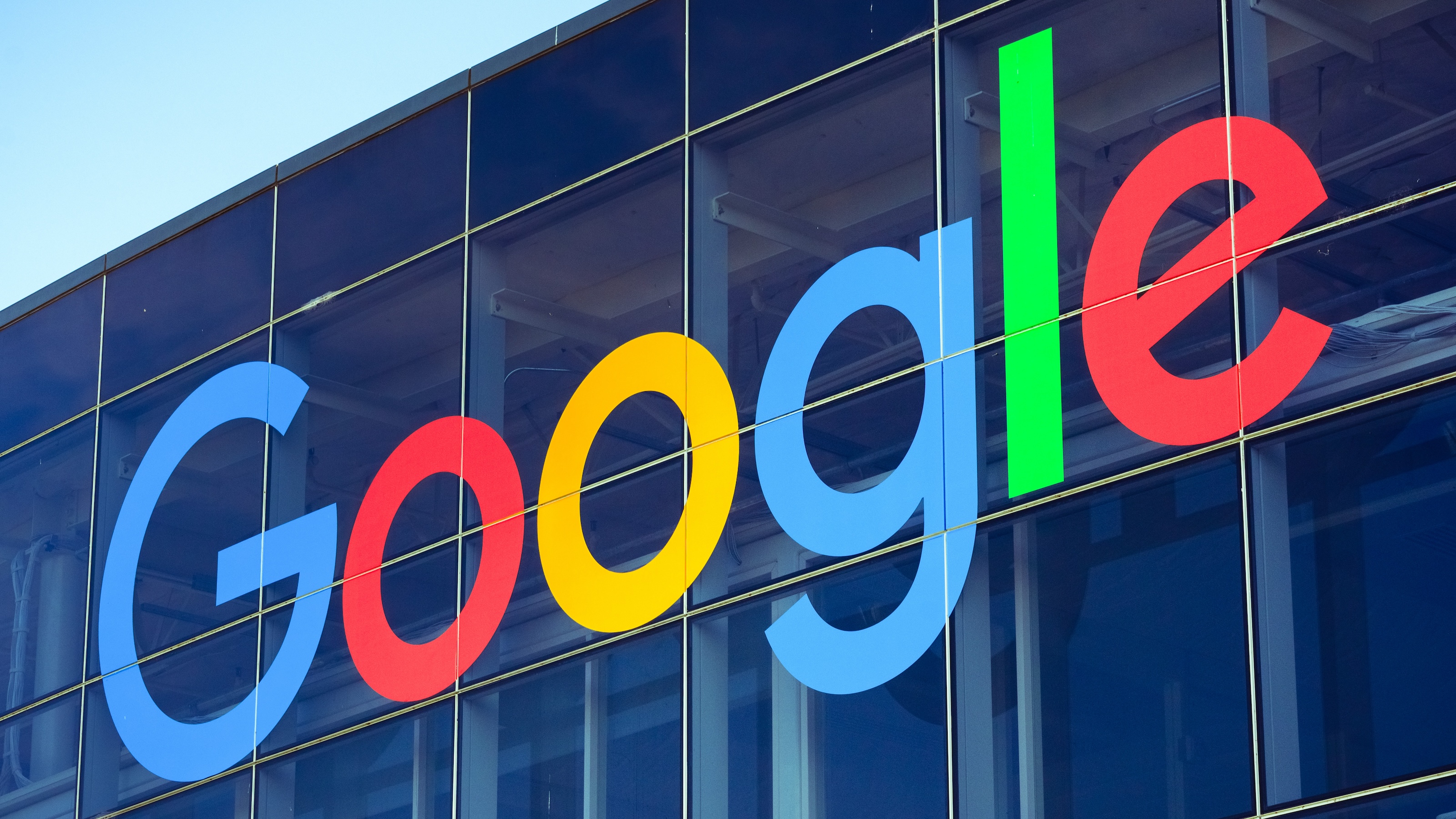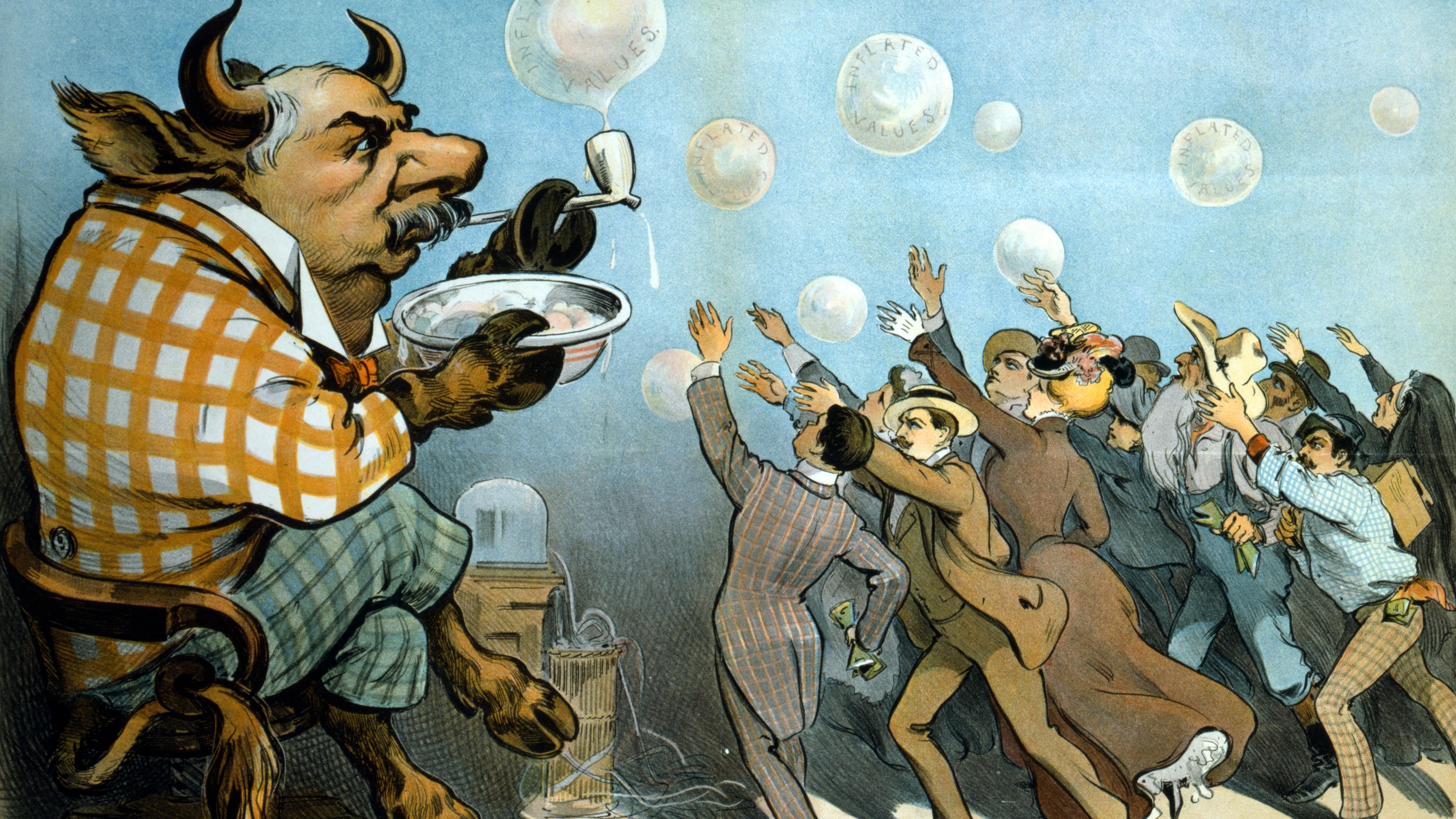Want to learn about innovation? Study hip hop. Tech journalist and co-founder of Contently Shane Snow explains that what helped hip hop take over the world is a foolproof innovation strategy called cognitive friction. “It’s the friction between different ideas or different ways of doing something that actually produce a path forward that helps any industry become innovative,” he explains. In the 1970s, deejays in dancehalls competed to pull the dance party to their side of the room. Then, their MCs began to say more and more interesting things over the beat to help out. Then and there, rap battles and hip hop was born, and competition pushed innovation dramatically. Snow points out that cognitive friction is also how the Wu-Tang Clan arguably became the greatest hip hop group of all time. Nine alpha males collaborating in harmony? Unlikely. They nearly tore each other apart until founding member Robert Diggs (aka RZA) devised a way for them to channel their aggressive energy into competitive creativity. Hip hop’s collaborations may be greater than its famous feuds after all. Dream Teams: Working Together Without Falling Apart
Shane Snow: Fascinatingly, the story of how hip hop happened is actually the story of how innovation has happened in every dimension, every industry you can think of. And it’s this thing called cognitive friction.
It’s the friction between different ideas or different ways of doing something that actually produce a path forward that helps any industry become innovative.
I was especially fascinated by the story of the Wu-Tang Clan and how they did this, in particular when they got nine guys, nine alpha males with big egos, together to form a rap group—which, on the face of it, actually sounds like a terrible idea. Their different styles of rap in the early days of hip hop were all over the map. Some were more emotional, others were more lyrical, and they were all very different, and so you can just imagine the conflict that erupts out of this. And then they got in the record studio together and they nearly killed each other. And this was because they were ostensibly enemies, or at least didn’t have a whole lot of trust between them.
The main guy who got them together, his name was Robert Diggs, he came up with this very clever plan. Basically he said, “I will make a beat. I’ll make a song, and then everyone has to show up and compete for the song. So you show up with your lyrics, with your rhymes, and you get on the microphone, and whoever does the best job, you’re on the track or you’re on this part of the track.”
And he did this and he basically channeled this aggressive energy and all of these sort of different ways of operating in hip hop and he got them all to—instead of fighting with each other—to fight for the record and to elevate this music. And what came out of this laboratory—it’s like atoms smashing together and creating this great heat and this great energy—and out of this was born the greatest hip hop group of all time—many consider it that. And this is actually exactly what happened with hip hop in general.
Hip hop started with deejays throwing these parties where everyone who showed up to the party, you danced on one side of the dance hall or the other, depending on which music you liked the best. So the deejays would bring different music every week to try to lure the party to their side or the other, and this is a sort of fun party game. And what happened is when the deejays announcers started competing over the best way to sort of drag people to their side of the party, suddenly that turned into a battle where week after week the announcers, the MCs, would try to come up with more clever things to say, and it eventually turned into this kind of war of words and music and, in fact, also a war of dance. And what was awesome about it is everyone was in it for the party, for making this party better, making this event awesome and people started bringing tape recorders to record this music that was being invented essentially on the spot because it was so great.
And you didn’t show up to this party next week after having lost the lyric battle with the same lyrics, you showed up with something different. In fact, all of the deejays started hacking their equipment so they could do more clever things; this is how we invented fader switches and things that are now standard stock for any kind of deejay or any kind of party. They also cracked open their equipment and added more memory when they started doing electronic music so that they could have an edge in this battle. And recently Jay-Z was interviewed by David Letterman about these days and he said that it was all about making this experience awesome for the people who showed up that night. It wasn’t about killing the other guys, even if your lyrics were making fun of the other guys, it was about providing a great atmosphere.
And so this battle elevated this whole thing, and out of it was born hip hop and R&B and all of the music that sort of stemmed from that, all the culture that stemmed from that. And that’s the same thing that happened with the Wu-Tang Clan. They cleverly channeled all of these different kind of approaches to the music and made something better. And I think this is an analogy that you cannot only see in the history of innovation in science and art and business and politics but an analogy for what we should shoot for in our own work for how we can get better. That the friction, that the different approaches doing battle and smashing together—if we can make sure that they don’t go too far or we turn into something that’s about destroying someone else—if we think of it all as part of our collaboration process to elevate our craft, then we can go much further than we think we can on our own.





